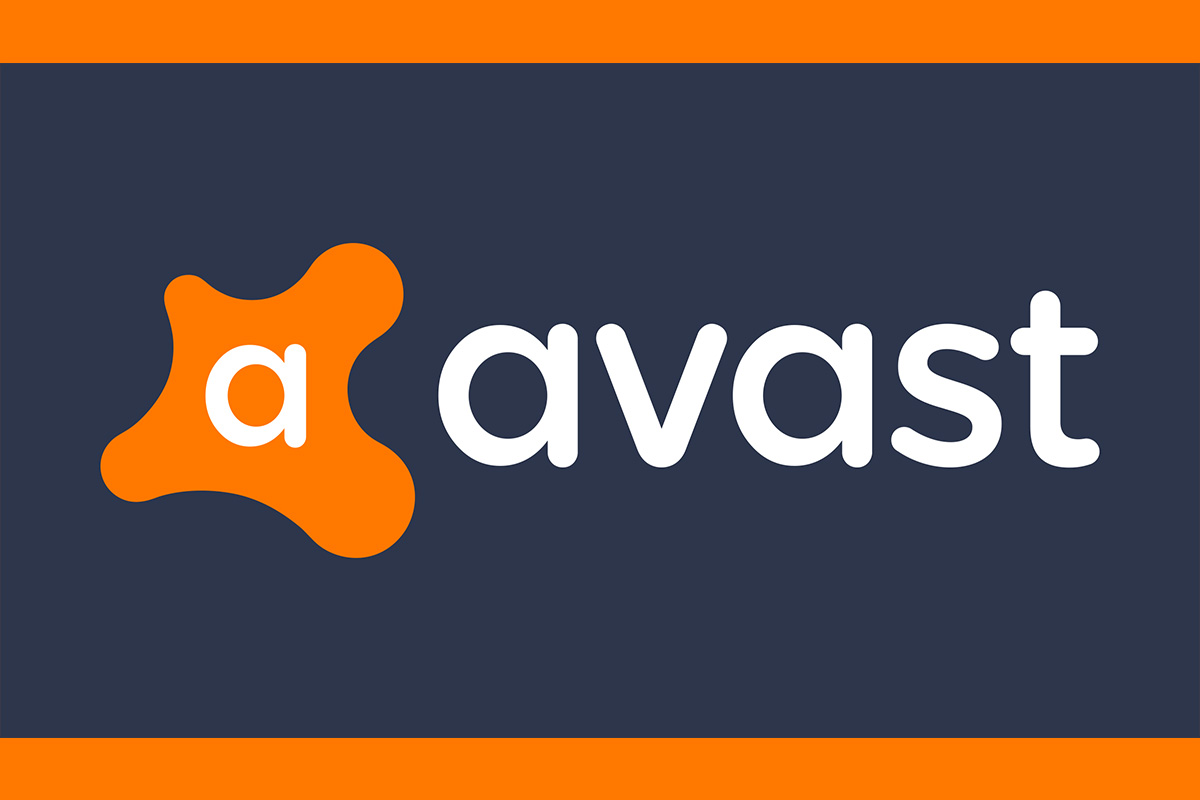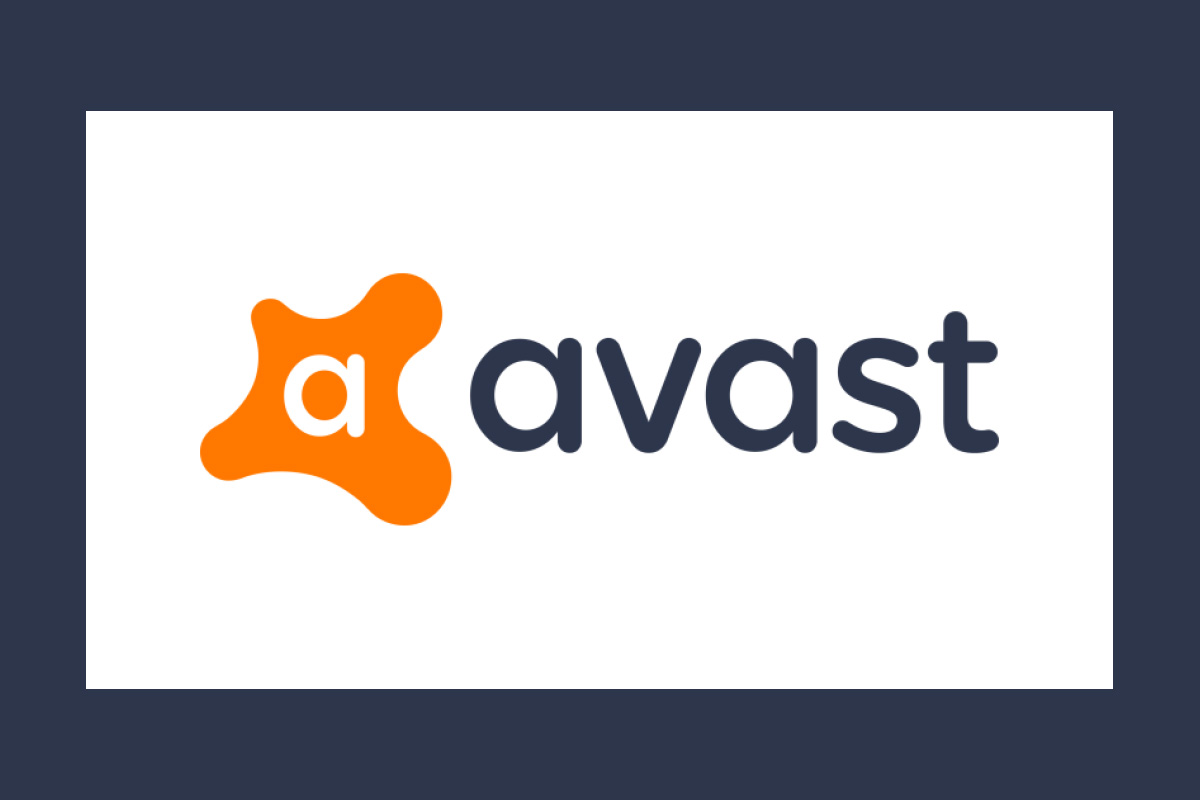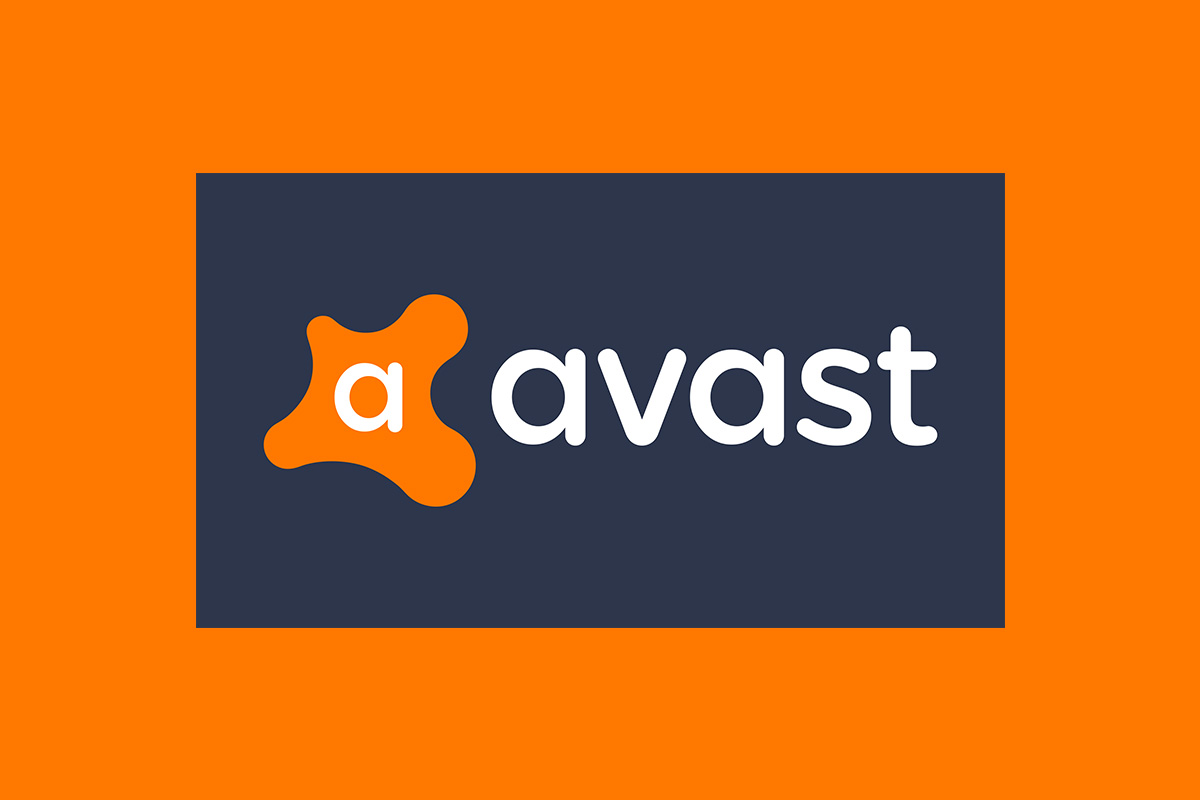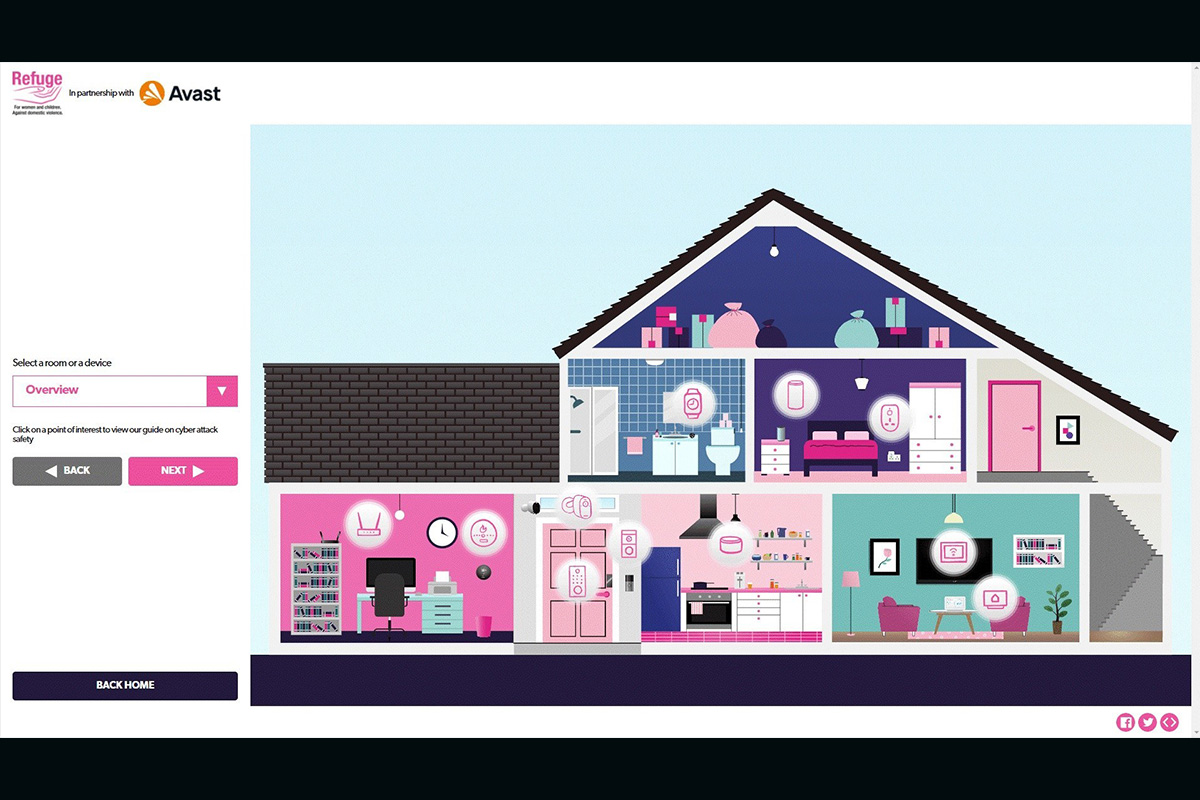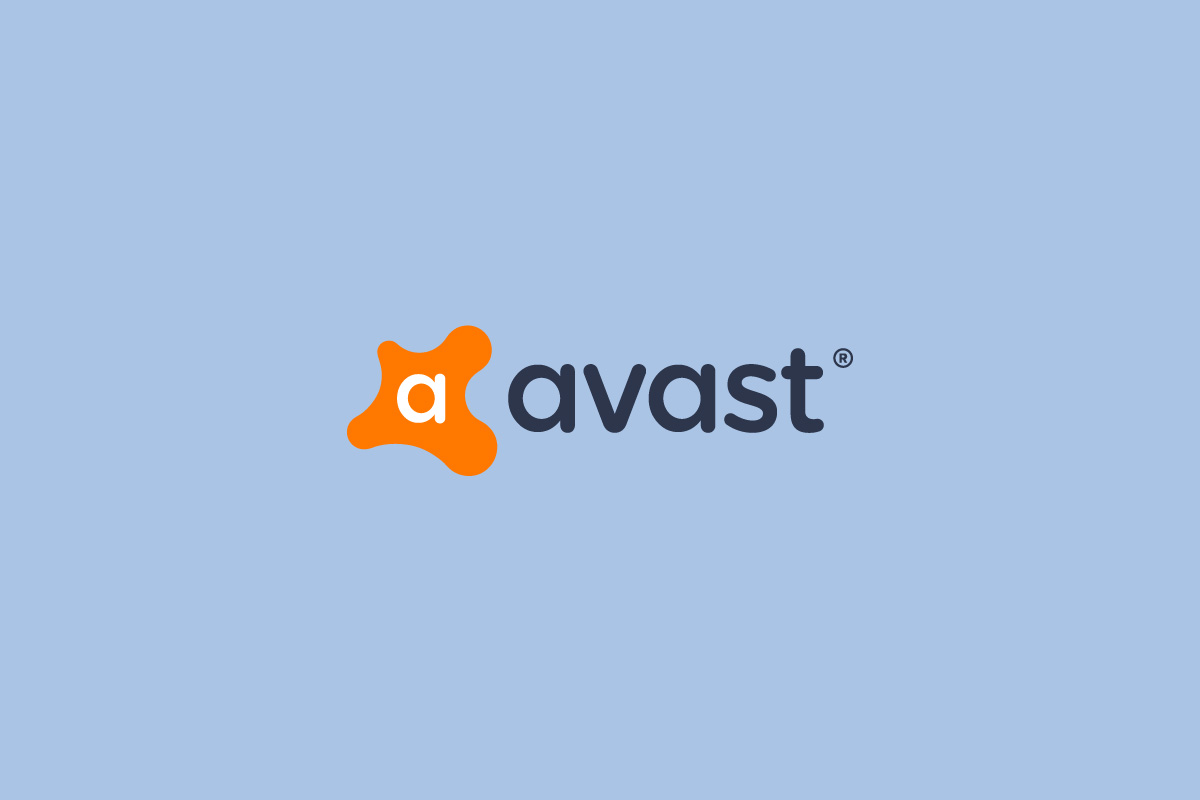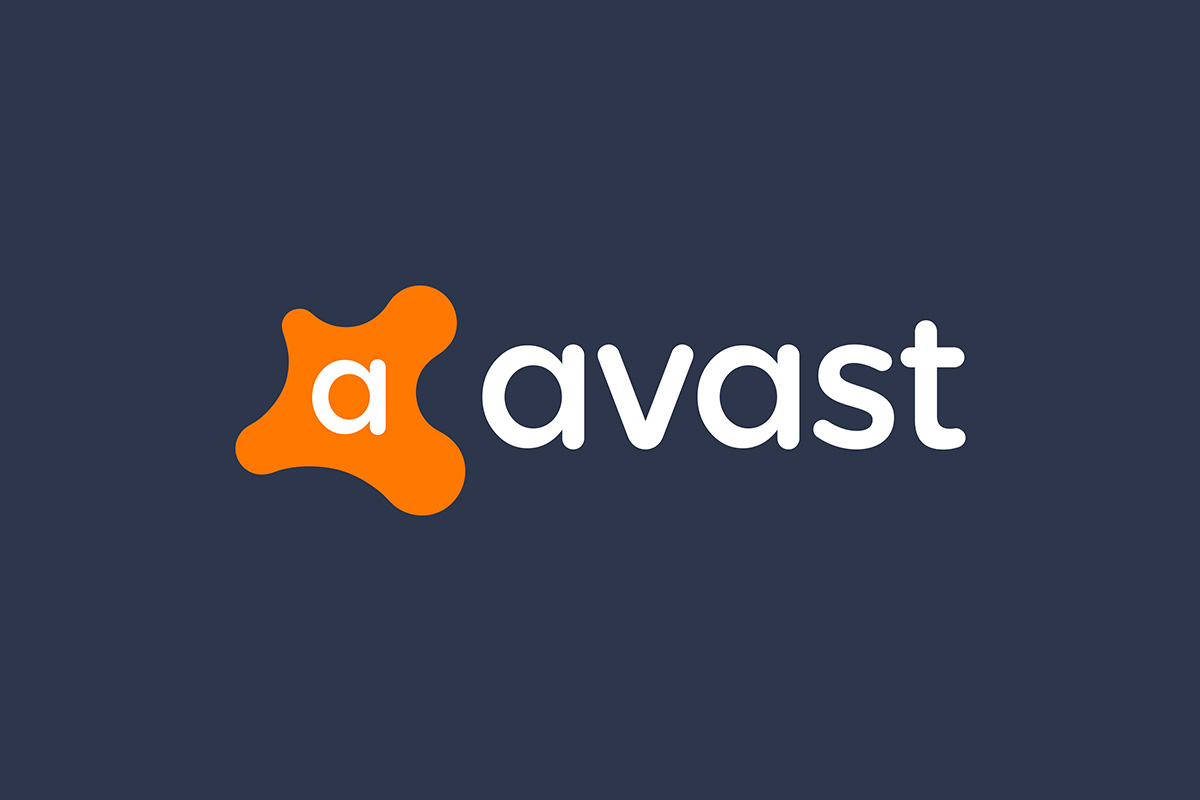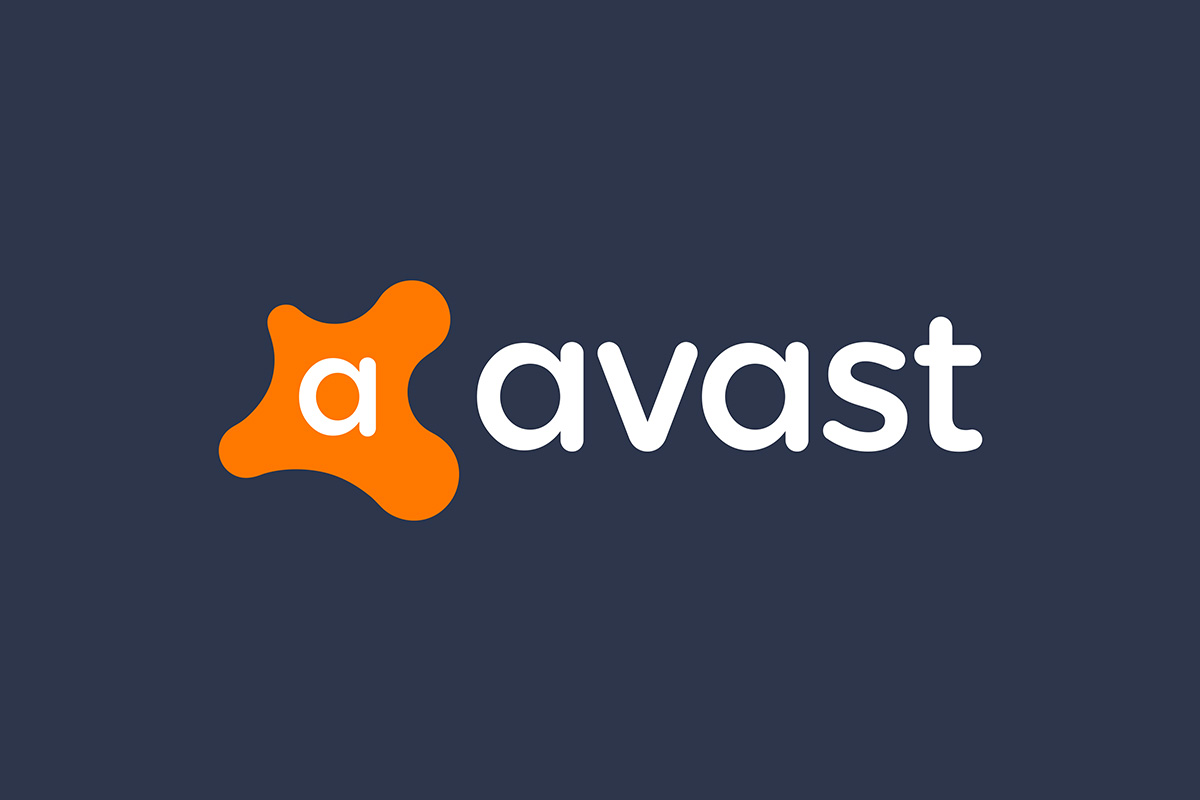Avast (LSE:AVST), a global leader in digital security and privacy, today released its latest Global PC Risk Report. The 2021 report provides insights into the digital threats home and business Windows users faced throughout the year 2021. On average, home users around the world had a 29.25% chance of encountering a threat, and in the US, home users had a 24.61% chance of encountering a threat.
“The threats we protect our customers from are designed to go after their personal information and money, putting them at risk. The risks they encounter threaten their right to use the internet safely and confidently,” said Jakub Kroustek, Avast Malware Research Director at Avast.
The countries in which home users are most at risk of encountering threats are:
- Kosovo (53.71%)
- China (48.11%)
- Afghanistan (46.43%)
- Yemen (46.21%)
- Angola (44.65%)
- Rwanda (44.61%)
- Egypt (44.39%)
- Madagascar (44.13%)
- Algeria (44.05%)
- Macao (44.01%)
The ten countries with the lowest risk of encountering threats are:
- Puerto Rico (21.64 %)
- South Korea (22.81%)
- United Kingdom (23.55%)
- Martinique (23.80%)
- Guadeloupe (23.83%)
- Ireland (24.11%)
- Finland (24.21%)
- Switzerland (24.23%)
- Netherlands (24.27%)
- Denmark (24.39%)
For the most part, the countries with the highest risk ratio are those with more unstable socio-political situations (Middle East, Asia, Africa, and Eastern Europe). The reason for this heightened risk ratio could be explained by these users having limited access to content, therefore forcing them to resort to accessing blocked content via unsafe channels. The digital infrastructure in these countries tend to have lower levels of security, for example, ISP or local webmail providers might not effectively detect and block threats before they reach endpoints, and thus the risk ratio is higher. Finally, a lower level of education in terms of cybersecurity best practices among computer users in these regions could explain the higher risk ratios.
The top ten types of malware consumers faced, globally, in 2021 were:
- Trojans (30.73%)
- File infectors (24.21%)
- Adware (12.69%)
- Worms (7.79%)
- Droppers (6.97%)
- Password stealers (3.99%)
- Coinminers (2.42%)
- RATs (2.34%)
- Scams (2.33%)
- Bots (1.74%)
The top ten types of malware American consumers faced in 2021 were:
- Trojans (32.26%)
- Adware (25.54%)
- File infectors (9.82%)
- Droppers (8.57%)
- Scams (7.15%)
- Worms (3.39%)
- Password stealer malware (2.83%)
- Coinminers (2.79%)
- RATs (2.25%)
- Hacktools (1.33%)
“In the past, malware was typically designed to perform one malicious action. Today malware are like swiss army knives, capable of performing more than one malicious action and often designed to deliver more malware, which can cause further damage,” continued Jakub Kroustek. “While ransomware attacks persisted in 2021, ransomware doesn’t belong to the top digital threats home users face. Ransomware is just the tip of the iceberg of the overall threats home users and businesses face worldwide. If ransomware hits, however, it can cause significant damage, which is why it is discussed and feared so widely, despite its relatively low overall share among threats.”
Avast’s 2021 Global PC Risk Report, including regional breakdowns can be found here: https://press.avast.com/2021-avast-global-pc-risk-report
Methodology
The data included in this report is collected from Avast’s threat detection network, and represents the average ratio of Avast users protected from at least one threat divided by the total number of active Avast users from January 1, 2021 – December 31, 2021. In order to provide statistically relevant data, this report includes data from countries and territories with a sample size of at least 10,000 computers belonging to home users that encountered threats during the months the data was collected, and at least 1,000 computers used by businesses. The regional breakdowns included in this report includes data from regions with a sample size of at least 1,000 computers belonging to home users that encountered threats during the months the data was collected and at least 100 computers used by businesses.
With hundreds of millions of users worldwide, Avast has one of the largest threat detection networks in the cybersecurity industry. The attacks on these devices provide valuable insights and knowledge of the most prevalent threats and those who have been most affected by them.

